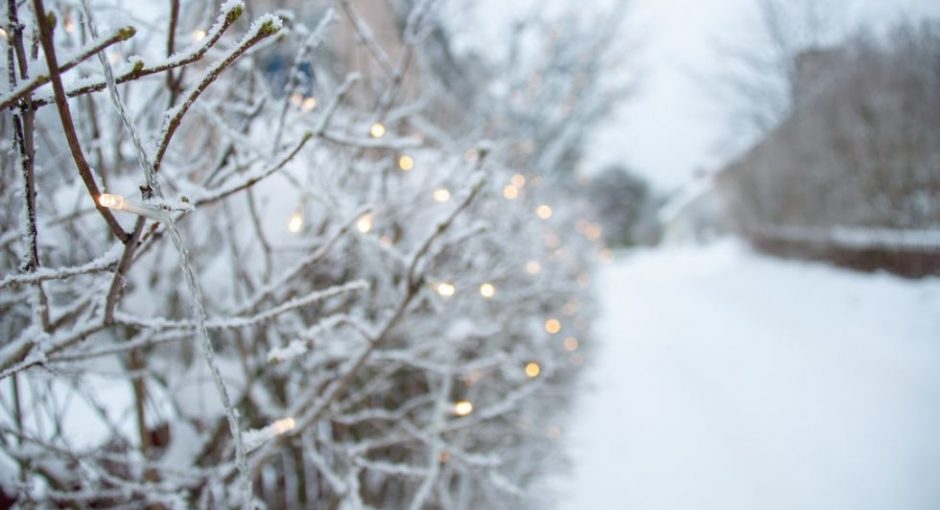As one of the most geographically diverse states in the United States, Washington State has a variety of climates and weather patterns. Depending on where you are in the state, you can experience everything from temperate rain forests to high alpine desert. This diversity in climate means that the answer to the question, “When does it snow in Washington State?” is not a simple one.
Factors Affecting Snowfall in Washington State
The amount of snowfall in Washington State varies greatly depending on where in the state you are. Generally, the higher the elevation, the more snow you can expect. The Cascade Mountains, for example, receive much more snow than other parts of the state. Weather patterns also play an important role in the amount of snowfall. Cold, wet weather from the Pacific Northwest and Canada can bring heavy snow falls to the area.
Snowfall in Western Washington
Western Washington is the most populous region of the state, and it tends to get less snow than other areas. Generally, there is some light snowfall in the lower elevations of the region, but it rarely accumulates. In the higher elevations of the Cascades, there is more regular snowfall, but it is still much less than in other states.
Snowfall in Eastern Washington
Eastern Washington is much less densely populated than the west side of the state, and as a result, it gets more regular snowfall. The Cascades and the mountains of the Palouse region tend to get regular snowfall throughout the winter months. Even in the lower elevations of Eastern Washington, there is usually some measurable snowfall.
Snowfall in the Alpine Regions
The Alpine regions of Washington State are home to some of the most extreme snowfall in the state. The highest mountains of the North Cascades and the Olympic Mountains tend to receive very heavy snowfall throughout the winter months. This is especially true at higher elevations, where snowfall can reach depths of several feet or more.
Conclusion
In conclusion, snowfall in Washington State is highly variable. Generally, the higher the elevation, the more snowfall you can expect. But weather patterns and geography can also play a large role in determining how much snow falls in any given area. Western Washington tends to get much less snow than Eastern Washington, and the Alpine regions tend to be the snowiest.




